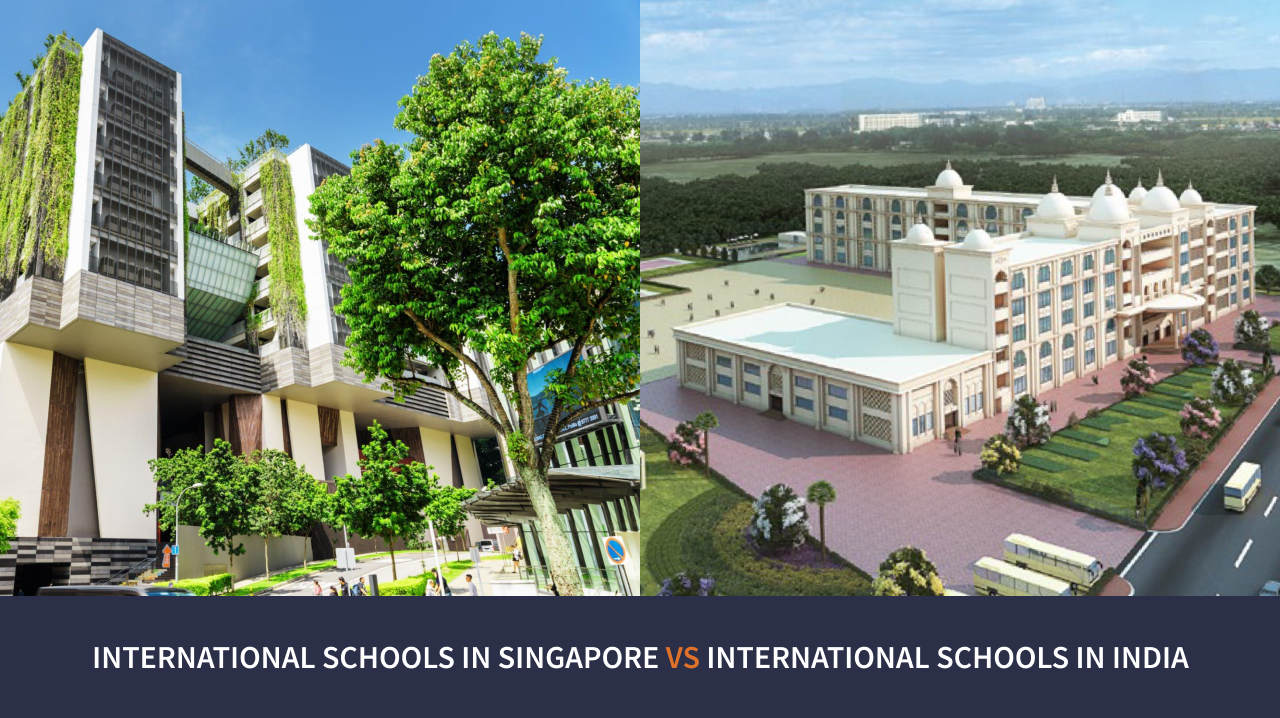International Schools In Singapore Vs. International Schools In India

The world is a global village that thrives on interconnectivity and innovation;
therefore, the demand for competent and skilled individuals is ever-increasing. That is where high-quality
international education is a critical factor that ensures to develop well-rounded students who can contribute to
society and the nation as a whole.
But does that mean students need to be sent off abroad for higher studies? For instance,
the top international schools in Singapore are renowned for facilitating top-notch educational facilities. On the
other hand, India has surpassed its neighbouring countries in elevating education standards.
Therefore, it is only fitting to briefly examine the key aspects of international
schools in both Singapore and India:
| International Schools in Singapore | International Schools in India |
|---|
Cost of Education
|
|
|
|
Curriculum Diversity
|
|
Cultural Exposure
|
|
Language Options
|
|
Teaching Faculty
|
|
Extracurricular Activities
|
|
In Conclusion,
International schools in India invest in well-structured curricula and pedagogies that
aim to prepare future-ready students. And that is where the Gurukul
World School has made a tremendous contribution in terms of facilitating
students to different cultures and helping students gain a deeper understanding of global diversity.

